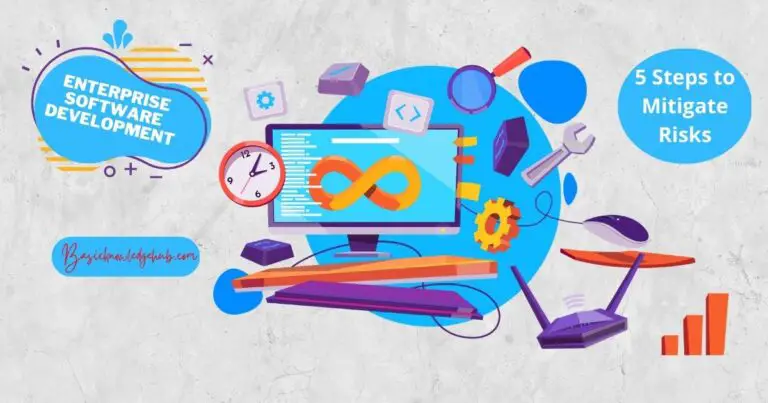How LMS makes your eLearning training process sustainable
LMS is software that allows users to access and share content with others. This makes it possible for users to learn from lectures, videos, and other types of content. Additionally, LMS can help teachers create and manage their eLearning courses. LMS provides a sustainable eLearning experience that makes learning more enjoyable and effective. Learning management systems are not a single software or app, but rather a set of services that help students and teachers access, edit, and share content in eLearning environments.
By far, the primary focus of assessing the different benefits of eLearning has been on analyzing learning results. But we haven’t often looked at the sustainability aspect of e-learning courses. Employing eLearning providers like Adobe Captivate Prime is the most sustainable approach to training and developing your employees and ensuring a prosperous future for them. Sustainable from not just the environmental aspect but also financially and socially sustainable. Let’s examine how

What makes eLearning environmentally sustainable
Going digital and reducing offline classroom-based training are two excellent strategies to reduce an organization’s environmental effects. There are so many that eLearning can even be considered “Green Learning.” In order to do face-to-face training, it is frequently necessary to transport staff to the lecturer. Not just that, they also have to make provisions to bring the lecturer to the employees. Basically, bringing both of them to the same place at the same time.
When an organization uses eLearning for the bulk of its training, it can significantly reduce the amount of fuel and CO2 emissions required for this type of transportation.
In this discussion, we cannot neglect the issue of paper usage. Printing tangible feedback forms, handouts, notes, and learning materials significantly increases a company’s carbon footprint. Distributing and shipping these items also has an adverse effect on the environment. These are significantly reduced in eLearning training, as all the materials are digitally distributed.
How is eLearning a financially sustainable method
Economic sustainability refers to actions that promote long-term economic growth without hurting an organization’s social, environmental, or cultural facets. Most organizations now have a tight or declining budget for their training and learning departments. It can be challenging for learning professionals to persuade budget holders of the value of L&D because it is sometimes viewed as a luxury rather than a need.
Being on a tight budget, though, should not mean that employees in a company are not given access to proper training and learning. This is where eLearning steps in.
The flexibility and adaptability of digital learning enable the employees to not spend a substantial amount of time training outside of the office, saving organizations money on venue expenses, travel expenses, and instructor fees. This also saves them money as the training materials and notes can be reused and updated without spending an extra penny.
eLearning as a socially sustainable option
The best and most inclusive option for organizations to teach and train their workers is not entirely through classroom instruction for various factors. These include physical and learning challenges.
Every employee, regardless of position experience, skill level, or physical ability, can access opportunities that support their advancement and growth from any location at any time and at their own pace, thanks to eLearning’s extreme flexibility and mobility. This factor is doubled up by the fact that many eLearning platforms offer both visual and audio learning materials.
Several eLearning solutions offer training in fields that promote equality, well-being, and healthy workplace culture, in addition to the improved accessibility that comes with eLearning. Training in topics like mindfulness, managing diversity, mental health, bridging cultural gaps, communication, and decreasing discrimination is available through online eLearning platforms.
Conclusion-
Implementing an eLearning training method is an investment in the long-term development of an organization. It is also a step toward a future that is more sustainable for the environment as well as for workers. With the help of eLearning, we can say that the employees are not just trained in a manner that fosters the growth of an organization but also provides economic, social, and financial benefits.


